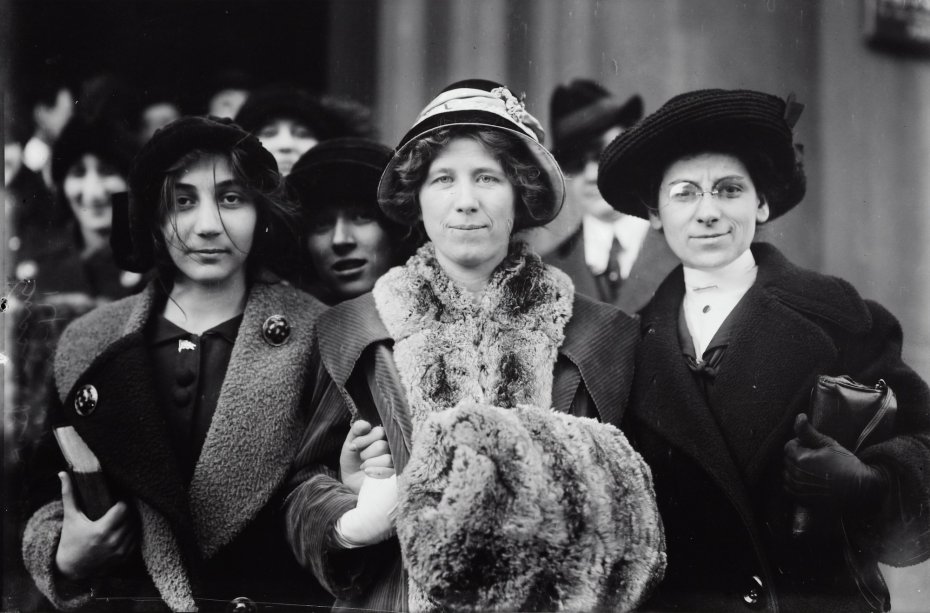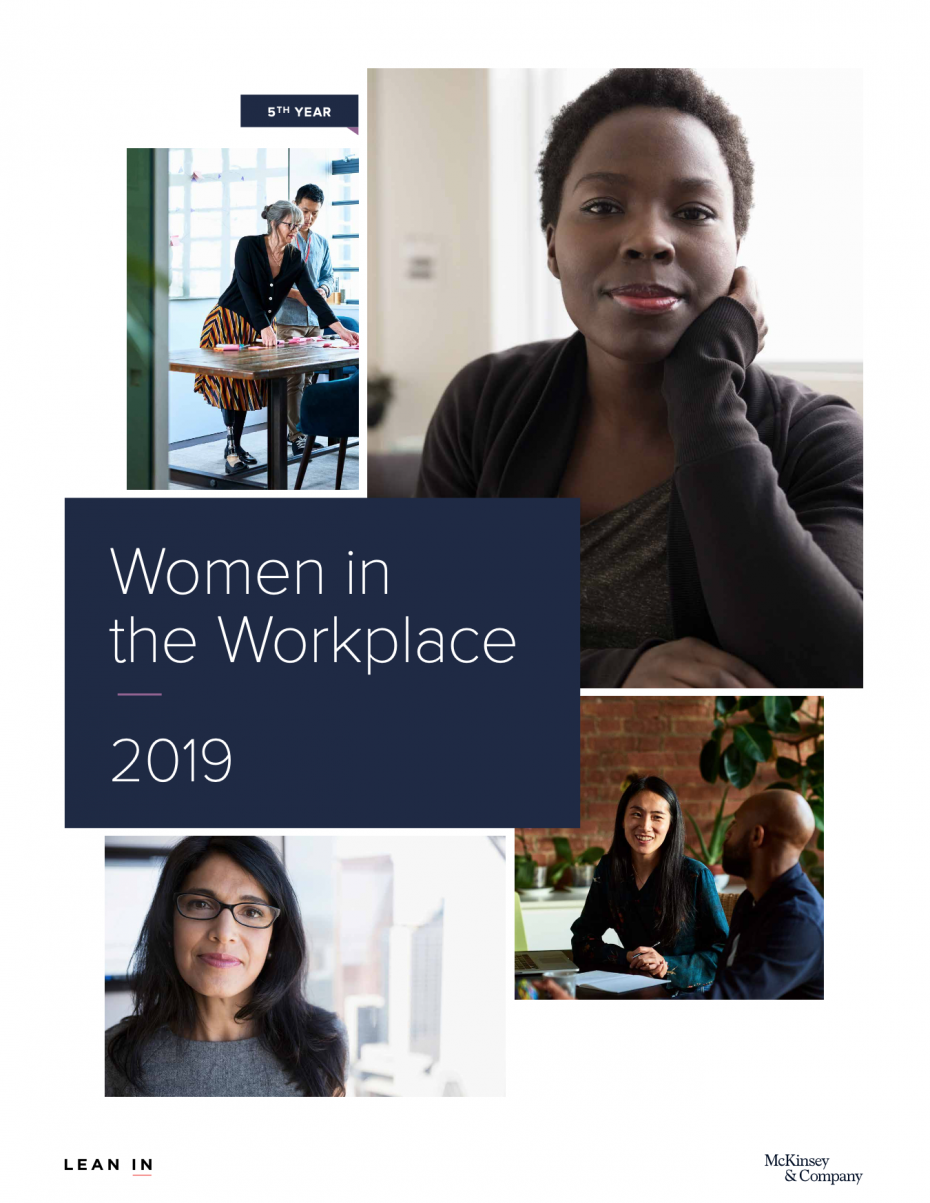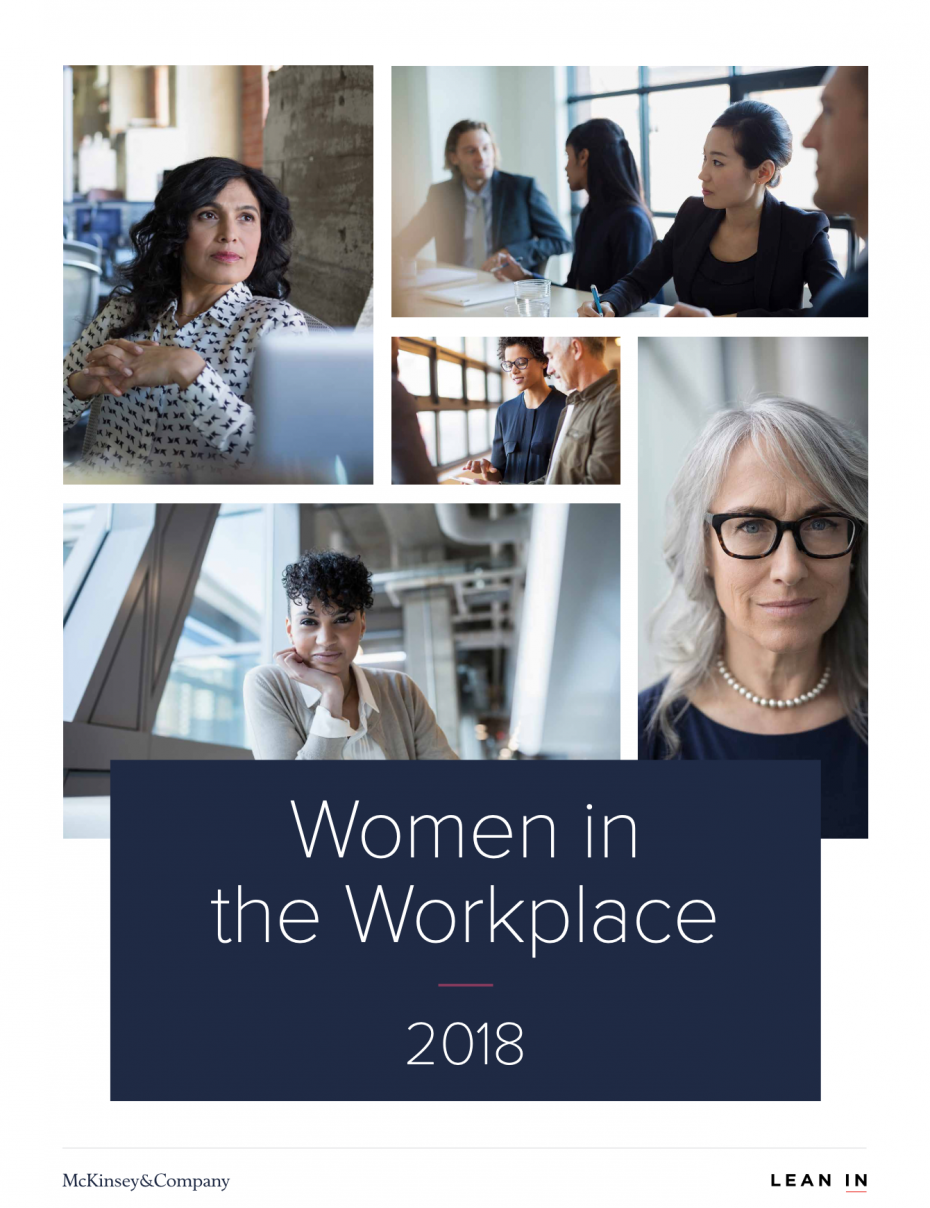Throughout our history, the labor movement has accomplished a lot. If you get weekends off or overtime pay, thank the union members who fought for those rights. None of our movement’s achievements would have happened without the effort, organization and advocacy of our brothers and sisters. But injustice still runs amok. We must look to the past not only for inspiration, but for the tools we need to continue the fight. The roots of the problems we face today can be found in our past. So can the beginnings of the solutions we need for our future.
Women in the Workplace 2019
This year, 329 companies employing more than 13 million people shared their pipeline data or completed a survey of their HR practices. In addition, more than 68,500 employees were surveyed on their workplace experiences, and we interviewed women and men of different races and ethnicities, LGBTQ women and men, and women with disabilities at all levels in their organizations
for additional insights.
Our 2019 findings build on our data from the last four years, as well as similar research conducted by McKinsey & Company in 2012.
Women in the Workplace 2018
For the last four years, companies have reported that they are highly committed to gender diversity. But that commitment has not translated into meaningful progress.
Women continue to be vastly underrepresented at every level. For women of color, it’s even worse. Only about one in five senior leaders is a woman, and one in twenty-five is a woman of color.
Progress isn’t just slow—it’s stalled. And we know why.
Women in the Workplace 2016
In corporate America, women fall behind early and continue to lose ground with every step
7 Leadership Lessons Men Can Learn from Women
Research shows that the prevalence of male senior leaders is not a product of superior leadership talent in men. Rather, large quantitative studies, including meta-analyses, indicate that gender differences in leadership talent are either nonexistent, or they actually favor women.
With this in mind, it would be more logical to flip the suggested remedy: instead of encouraging women to act like male leaders (many of whom are incompetent), we should be asking men in power to adopt some of the more effective leadership behaviors more commonly found in women. This would create a pool of better role models who could pave the way for both competent men and women to advance.
The impact of Covid-19 on gender equality
The economic downturn caused by the current Covid-19 outbreak has substantial implications for gender equality, both during the downturn and the subsequent recovery. Compared to ‘regular’ recessions, which affect men’s employment more severely than women’s employment, the employment drop related to social distancing measures has a large impact on sectors with high
female employment shares. In addition, closures of schools and daycare centers have massively increased child care needs, which has a particularly large impact on working mothers. The effects of the crisis on working mothers are likely to be persistent, due to high returns to experience in the labour market. Beyond the immediate crisis, there are opposing forces which may ultimately promote gender equality in the labour market.
Ninety percent of Iceland’s women walked off the job in 1975, and the country came to a halt
When 90 percent of Icelandic women refused to work, and the country fell into chaos, they had succeeded.
On Friday, October 24, 1975, telephone lines went down; families scrounged for food; theaters cancelled performances; even the following day’s newspaper was half its average length. On an island with just 220,000 inhabitants, the country simply could not go on without the help of women.
One year after the strike, Iceland formed the Gender Equality Council and passed the Gender Equality Act against discrimination in the workplace. Four years after that, Finnbogadottir was elected president. She called Women’s Day Off a watershed moment for women’s emancipation, and she stood as one of its major symbols of progress. “The finger was pointed at me and I accepted the challenge,” she recalled.
4 Important Ways Men Benefit From The Gender Equality Conversation
We hear a lot in the media about the changes we need to make as a society to create a level playing field for women.
Men are now discovering there is something in this for them as well. Addressing gender equity in leadership not only removes disadvantages for women, but for men as well.
My life got easier after top surgery. Is this what male privilege looks like?
One other thing is clear. The inequality that women experience at work and in day to day interactions isn’t just in their heads. We need to recognize women’s work and women’s ideas. We need to be willing to envision a woman as president. I will keep fighting for women, no matter what body I inhabit.










